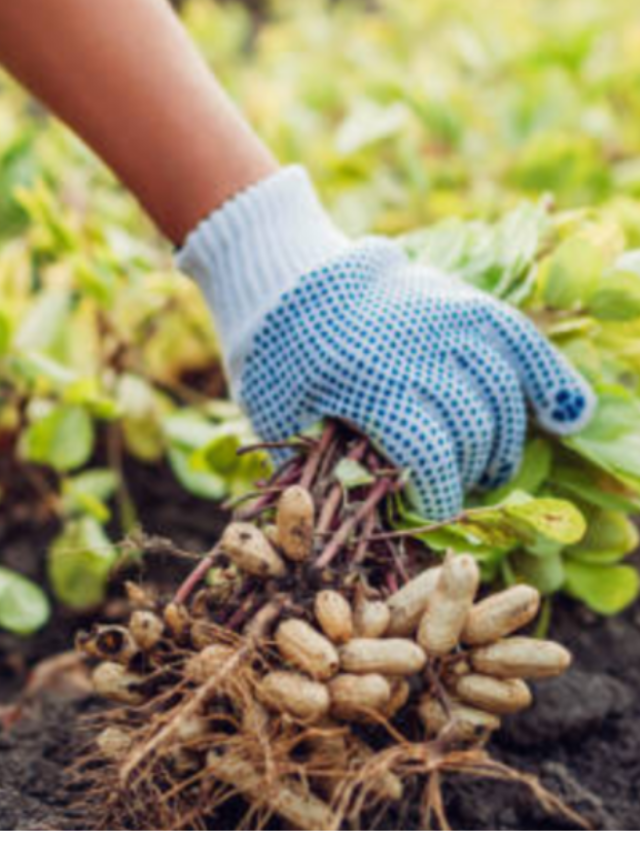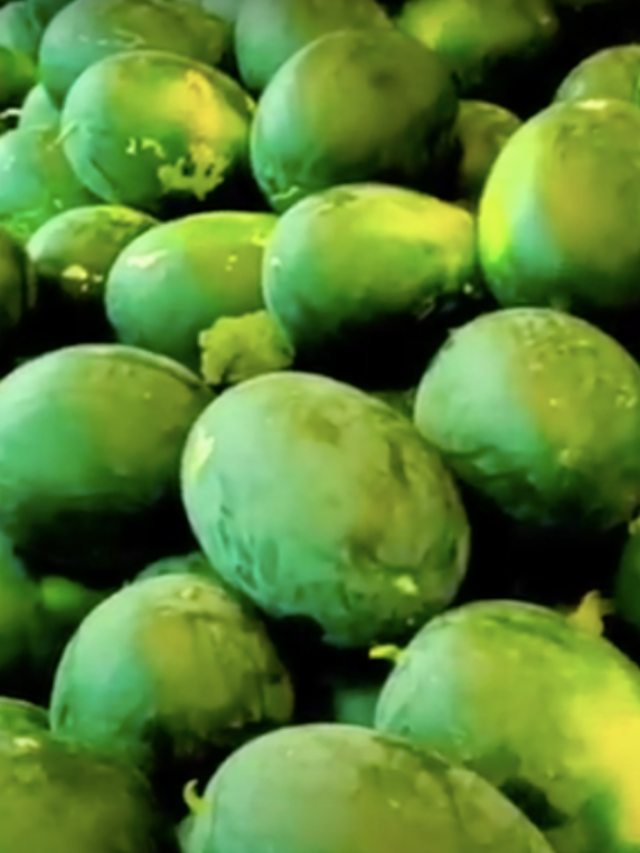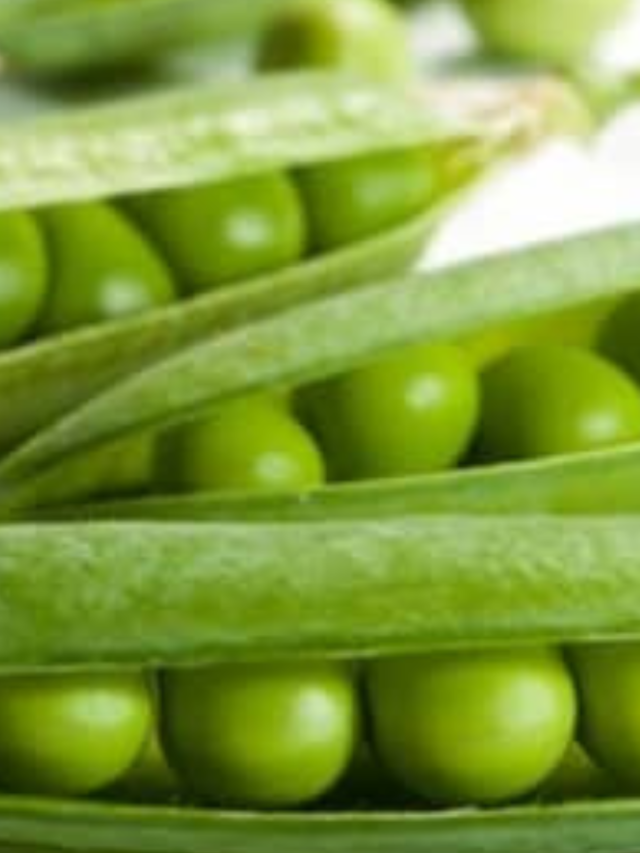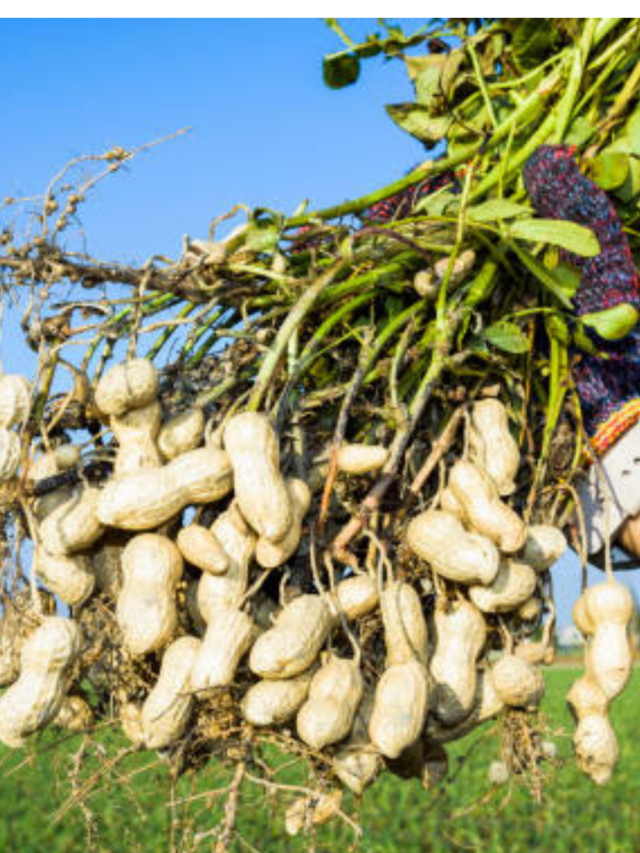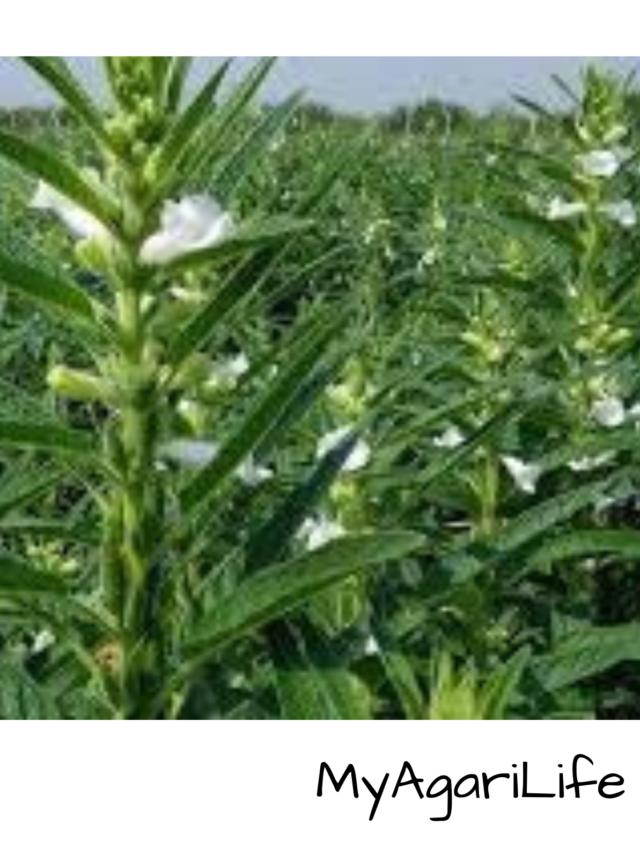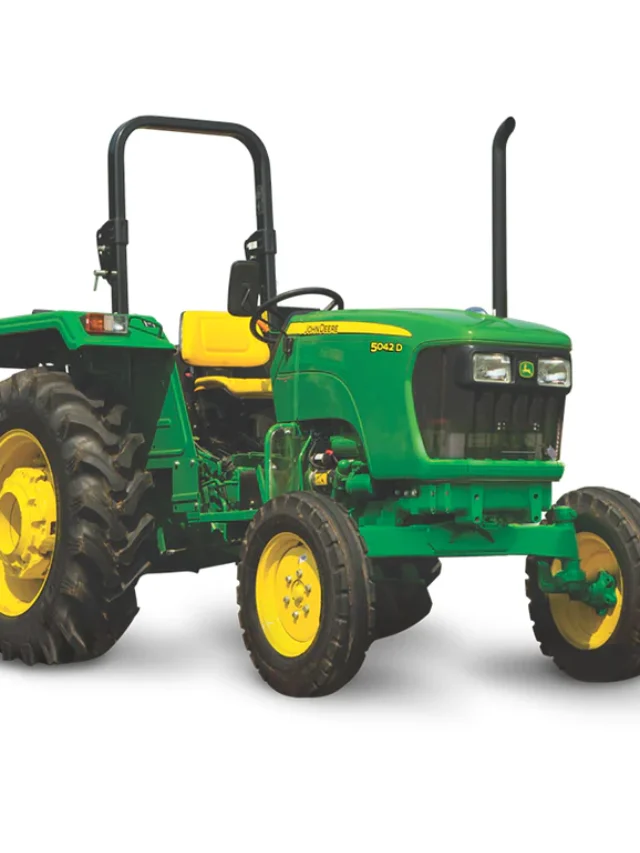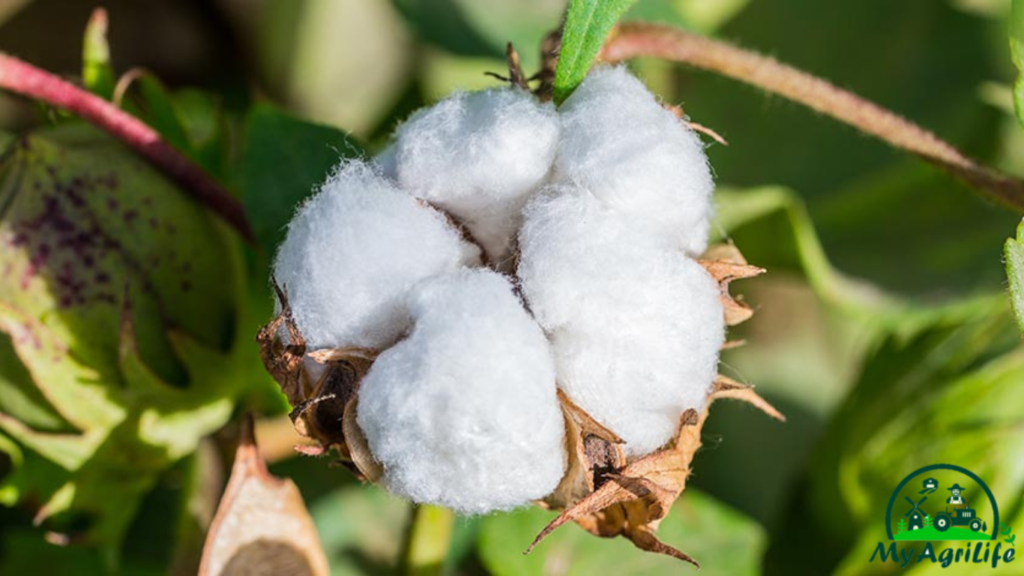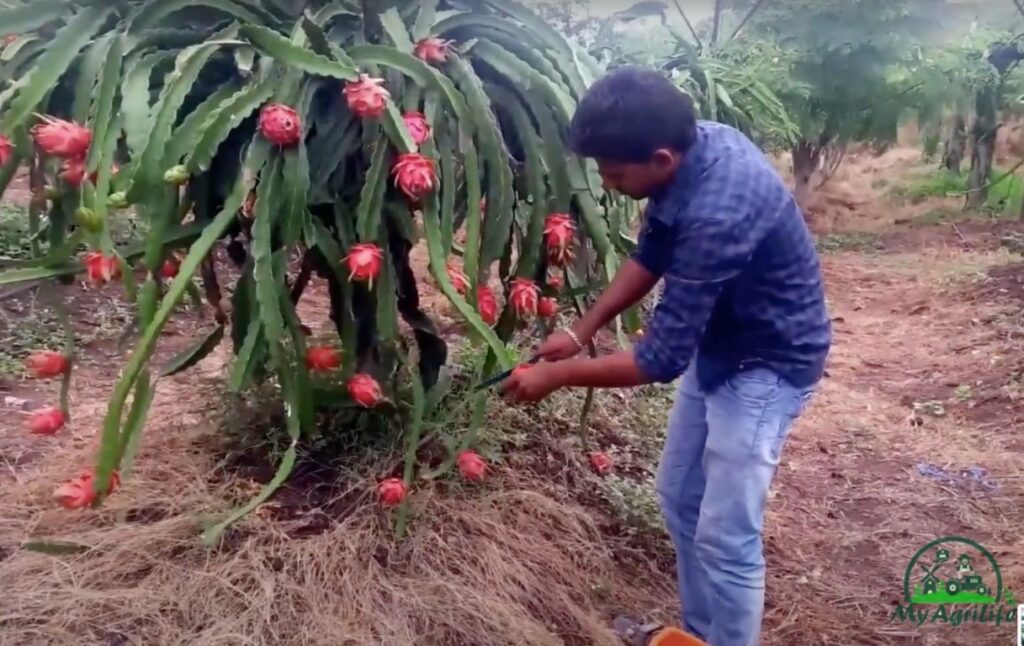Grapes are a type of fruit that grow in clusters on vines. They come in a variety of colors, including green, red, purple, and black, and are typically small, round, and juicy. Grapes are a popular fruit around the world and are used to make wine, juice, jam, and raisins.
Grapes are packed with nutrients, including vitamins C and K, and are a good source of fiber. They also contain antioxidants, such as resveratrol, which may have health benefits such as reducing inflammation and lowering the risk of certain diseases.
Grapes are typically harvested in the late summer and early fall and can be enjoyed fresh, frozen, or cooked. They are a popular ingredient in salads, desserts, and even savory dishes such as chicken or pork.
Seed Specification Grapes
The specifications of grape seeds can vary depending on the variety of grape, but generally, grape seeds are small, hard, and oval-shaped. They are typically about 2-4 mm in length and 1-2 mm in width.
Grape seeds are covered by a thin, outer layer called the seed coat, which is typically brown or black in color. The seed coat is rich in phenolic compounds, which are antioxidants that have been shown to have various health benefits.
Inside the seed coat, the seed itself is composed of two cotyledons, which are the embryonic leaves of the plant. These cotyledons are rich in oils, which are extracted from grape seeds and used in various products, such as cosmetics and cooking oils.
In some varieties of grapes, the seeds may be smaller and softer, and some seedless varieties of grapes may have tiny, undeveloped seeds that are barely noticeable. However, the majority of grapes grown for consumption have seeds that are small, hard, and covered by a thin seed coat.
Land Preparation & Soil Health Grapes
Land preparation and soil health are crucial factors in the cultivation of grapes. Here are some important considerations:
1.Soil Testing: Before planting grapevines, it is essential to perform a soil test to determine the nutrient levels and pH of the soil. Based on the results of the soil test, appropriate fertilizers can be applied to ensure that the soil has the necessary nutrients for the vines to thrive.
2.Soil Structure: Grapes require well-drained soil with good soil structure. Soil structure can be improved by adding organic matter such as compost, manure, or cover crops. This will help improve soil fertility, water-holding capacity, and drainage.
3.Land Preparation: The land should be prepared thoroughly by removing any weeds, debris, or large rocks that could interfere with the growth of the grapevines. The land should be leveled to ensure even water distribution and to prevent erosion.
4.Irrigation: Proper irrigation is important for grapevines to grow and produce fruit. Grapes require regular watering, particularly during the early stages of growth. Irrigation systems should be designed to prevent waterlogging or runoff, which can damage the soil and the plants.
5.Cover Crops: Planting cover crops such as clover or grasses can help to maintain soil health and prevent erosion. These cover crops can also add organic matter to the soil, improve soil structure, and provide habitat for beneficial insects.
In summary, a healthy soil environment is crucial for the growth and success of grapevines. It is important to take soil health into consideration during land preparation and to provide proper irrigation and fertilization throughout the growing season. Cover crops can also be used to maintain soil health and prevent erosion.
Crop Spray & Fertilizer Specification Grapes
Crop sprays and fertilizers are important components in the cultivation of grapes, as they help to ensure healthy growth and maximum yield. Here are some considerations for crop spray and fertilizer specification in grapes:
1.Crop Sprays: Grapes are susceptible to various pests and diseases, including powdery mildew, botrytis, and spider mites. To control these pests, growers may use crop sprays such as fungicides, insecticides, and miticides. It is important to choose crop sprays that are specifically labeled for use on grapes, and to follow the manufacturer’s instructions carefully to avoid damage to the plants or fruit.
2.Fertilizers: Grapevines require a balance of nutrients, including nitrogen, phosphorus, and potassium, to grow and produce fruit. Growers may use various fertilizers to provide these nutrients, such as compost, manure, or chemical fertilizers. It is important to perform soil testing to determine which nutrients are lacking in the soil and to apply fertilizers accordingly.
3.Timing: The timing of crop sprays and fertilizer applications is important to ensure maximum effectiveness. For example, fertilizer should be applied before the growing season begins to provide nutrients for the plants as they start to grow. Crop sprays should be applied at the appropriate time in the growth cycle to control pests and diseases effectively.
4.Dosage: The amount of crop sprays and fertilizers used should be carefully measured to avoid over-application, which can lead to damage to the plants or fruit. It is important to follow the manufacturer’s instructions for dosage carefully.
5.Organic Options: Some growers may choose to use organic crop sprays and fertilizers to minimize the impact on the environment and to produce grapes that are free from chemical residues. Organic options may include compost tea, neem oil, or other natural alternatives to chemical sprays and fertilizers.
In summary, crop sprays and fertilizers are important tools in the cultivation of grapes. It is important to choose appropriate products, apply them at the correct time and dosage, and consider organic options where possible to ensure healthy growth and maximum yield.
Weeding & Irrigation Grapes
Weeding and irrigation are important practices in the cultivation of grapes. Here are some considerations for weeding and irrigation in grapes:
1.Weeding: Grapes require weed-free soil for optimal growth and fruit production. Weeds compete with grapevines for water, nutrients, and sunlight, which can reduce yield and growth. Hand weeding and mechanical cultivation are effective ways to control weeds in the vineyard. Herbicides may also be used, but it is important to follow label instructions and avoid applying herbicides when the grapes are in active growth.
2.Mulching: Mulching with organic materials, such as straw or wood chips, can help to control weeds and conserve moisture in the soil. Mulch can also improve soil structure and add organic matter to the soil, which can improve soil health and grapevine growth.
3.Irrigation: Grapes require regular irrigation, particularly during the early stages of growth. Irrigation systems should be designed to prevent waterlogging or runoff, which can damage the soil and the plants. Drip irrigation is a popular option for grape growers, as it delivers water directly to the roots of the grapevines while minimizing water loss through evaporation.
4.Timing: The timing of irrigation is important to ensure that the grapevines receive adequate water without being overwatered. Grapes should be irrigated during periods of low rainfall or drought, and irrigation should be reduced or stopped during periods of heavy rainfall to prevent waterlogging.
5.Water Quality: The quality of irrigation water can also impact grapevine growth and fruit production. Water that is high in salts or other minerals can lead to poor growth and reduced yield. It is important to test irrigation water regularly and to use water that is of good quality.
In summary, weeding and irrigation are important practices in the cultivation of grapes. Weeding helps to control weed competition, and mulching can improve soil health and grapevine growth. Irrigation is important for grapevine growth and fruit production, and should be timed appropriately and delivered with good quality water.
Harvesting & Storage Grapes
Harvesting and storage are critical steps in the cultivation of grapes, as they can affect the quality of the fruit and the success of the harvest. Here are some considerations for harvesting and storage of grapes:
1.Harvesting: Grapes should be harvested at the optimal time to ensure maximum flavor and sugar content. The timing of the harvest depends on the grape variety and intended use (e.g., for wine or table grapes). Harvesting too early can result in underripe fruit, while harvesting too late can lead to overripe or spoiled fruit. Grapes are typically harvested by hand, as machine harvesting can damage the fruit and the vines.
2.Sorting: After harvesting, grapes should be sorted to remove any damaged or diseased fruit. This can be done by hand or with a sorting machine.
3.Storage: Grapes should be stored carefully to maintain their quality and freshness. For short-term storage, grapes can be stored in a cool, dry place, such as a refrigerator. For longer-term storage, grapes can be stored in a cold storage facility, which can maintain the quality of the fruit for several months.
4.Packaging: Grapes should be packaged carefully to prevent bruising and damage during transport. Grapes can be packaged in punnets or clamshells for retail sale, or in larger crates or bins for transport to wineries.
5.Quality Control: Throughout the harvesting and storage process, it is important to monitor the quality of the grapes to ensure that they meet the desired standards. This can be done through regular inspections and testing of the fruit.
In summary, harvesting and storage are critical steps in the cultivation of grapes. Grapes should be harvested at the optimal time, sorted carefully, and stored in appropriate conditions to maintain their quality and freshness. Packaging should be done carefully to prevent damage during transport, and quality control measures should be in place throughout the process.
Conclusion
In conclusion, grape farming is a rewarding and potentially profitable venture. Grapes are a versatile fruit that can be used for various purposes, including fresh consumption, winemaking, juice production, and dried fruit production. Here are key points to consider:
Varieties: There are numerous grape varieties available, each with its own characteristics and requirements. Choose varieties that are suitable for your climate, market demand, and intended use.
Site Selection: Grapes require well-drained soil, access to sunlight, and protection from strong winds. Conduct soil tests to ensure the soil pH and nutrient levels are suitable for grape cultivation.
Planting: Plant grapevines during the appropriate season, ensuring proper spacing between plants. Consider trellising or training systems to support the vines and improve airflow around the plants.
Care and Maintenance: Regular care includes pruning, training, weed control, pest and disease management, and irrigation. Pruning helps maintain plant health and encourages proper fruiting. Regularly monitor the vineyard for pests and diseases, and take appropriate action to manage them.
Harvesting: Grapes should be harvested when fully ripe for the desired purpose. Proper sorting and packaging are crucial to maintain fruit quality during and after harvest.
Marketing: Identify your target market and develop marketing strategies to promote and sell your grapes. Consider selling directly to consumers, local markets, restaurants, wineries, or other wholesale buyers.
Continuous Learning: Stay updated on the latest research, best practices, and industry trends related to grape farming. Attend workshops, conferences, and connect with other grape growers to exchange knowledge and experiences.
Remember that grape farming requires patience, attention to detail, and ongoing commitment. It is essential to adapt to changing conditions and continuously improve your practices to ensure a successful and sustainable grape farming operation.
